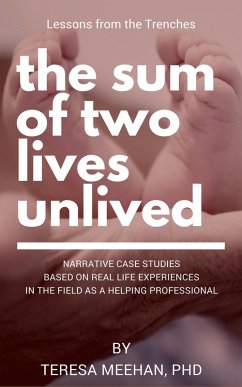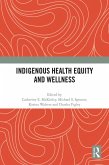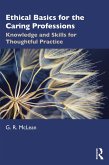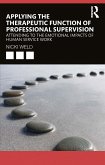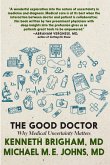After each case study presentation, there are two follow-up sections. The first one, "Lessons Learned," highlights at least one particular area of the case that stands out as informational, transformational or both. One advantage to working in the field is that new experiences provide the foundation for new insights. Sometimes we learn about details and facts relevant to the event that we either didn't know before, or never thought to apply to various situations. Often times, we observe things or experience emotions that are transformational not only because they contribute to personal growth as a helping professional but they often challenge us to move forward on our spiritual paths.
The second follow-up section, "Thought Questions," are intended to provoke further inquiry and discussion. They are not intended to be all-inclusive. The best way to learn from case studies is to ask all the "why" questions you can imagine because any and all eventualities are possible in the trenches.
Finally, in reading these case studies, the hope is that you will gain a new appreciation for what it means to be vulnerable. Every situation can always be handled a hundred different ways, but you don't know exactly how you will manage until you are face-to-face with a crisis in the trenches. There is always a dynamic interchange that occurs between the participants that can never be adequately predicted. This is why the first goal of a helping professional should be to gain the skills necessary to provide compassionate intervention.
Dieser Download kann aus rechtlichen Gründen nur mit Rechnungsadresse in A, B, CY, CZ, D, DK, EW, E, FIN, F, GR, H, IRL, I, LT, L, LR, M, NL, PL, P, R, S, SLO, SK ausgeliefert werden.

